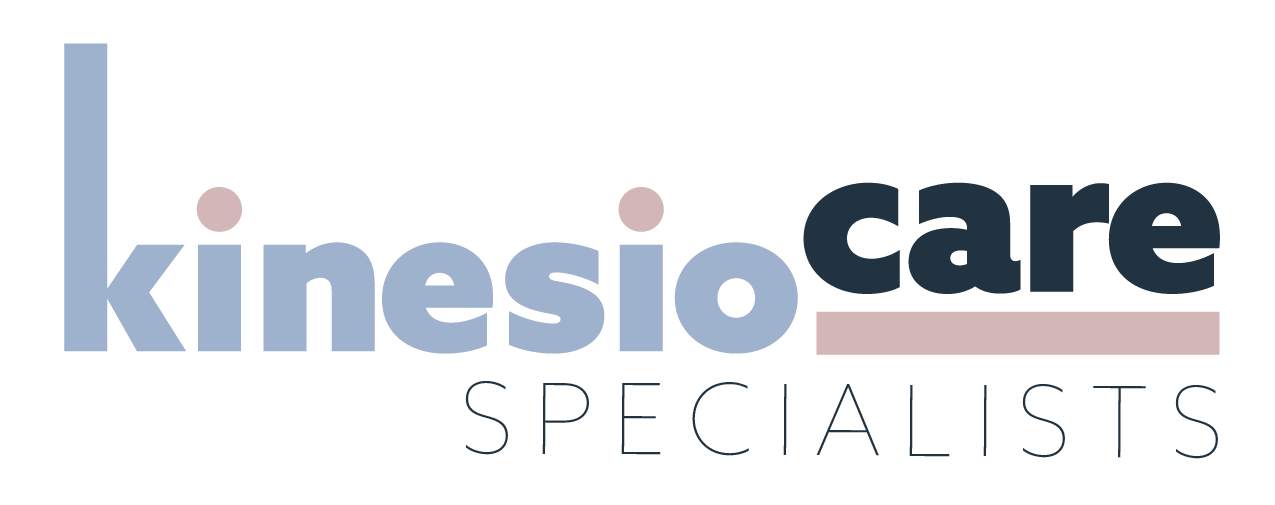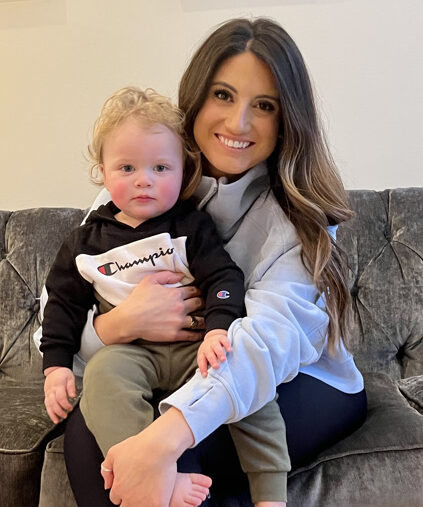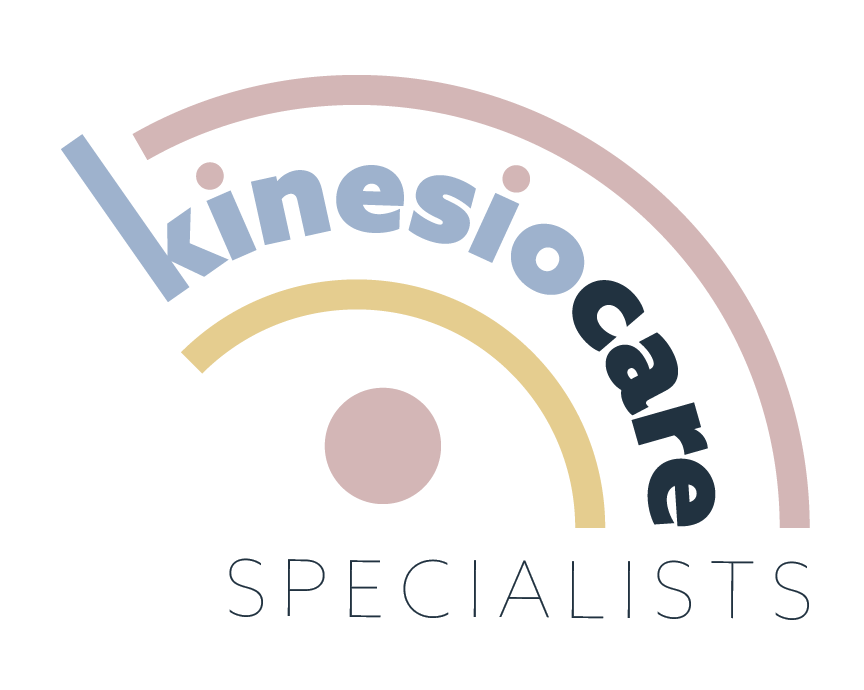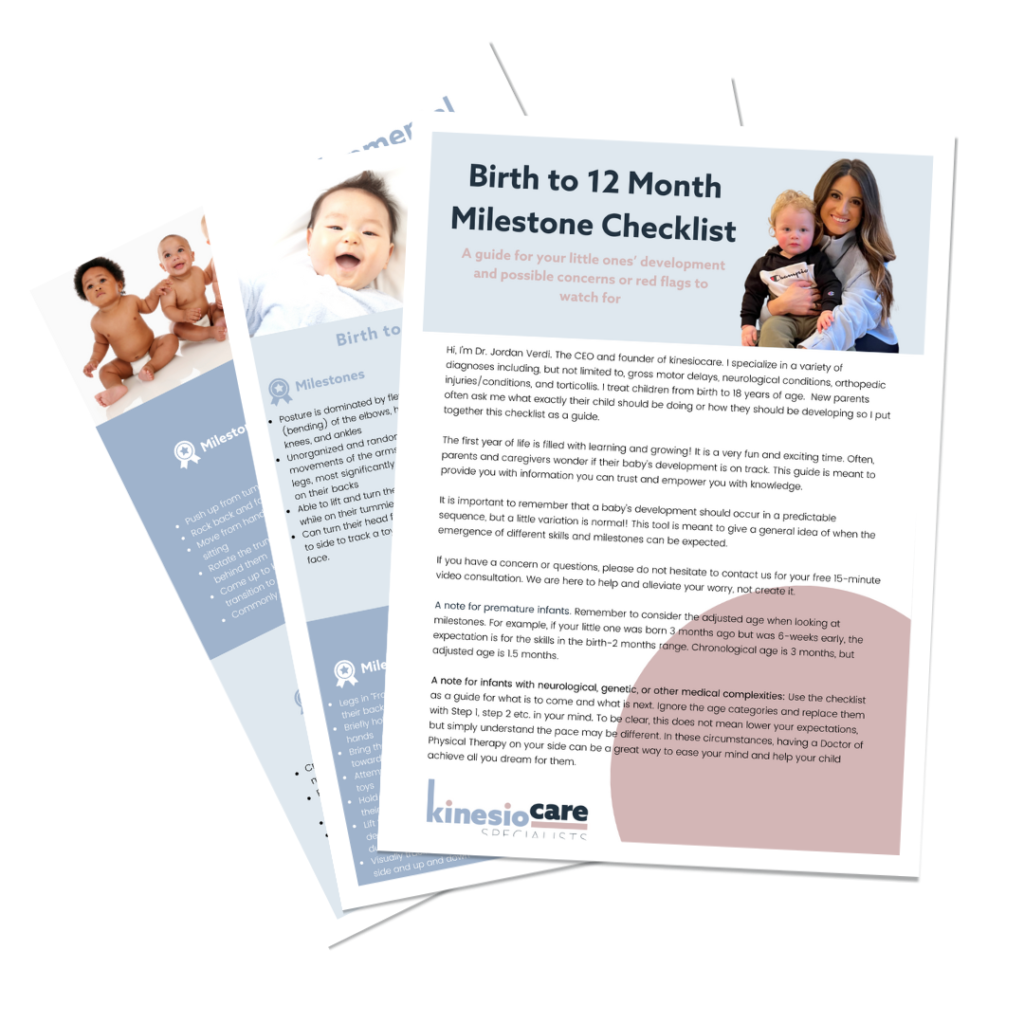W-sitting is a floor sitting position in which a child’s knees are in front with the feet behind them and the legs splayed out to the side. The positioning of the legs resembles a “w.” This position is typically seen with children who have weakness through their trunk and therefore find this position to be very stable, as it does not require the use of their muscles to remain upright.
Unfortunately, this posture has many negative implications.
Problems with W-sitting:
- Promotes movement in a single direction
- Because of the positioning of the legs, a child will move forwards and backwards but is prevented from using side to side or rotational movements or transitions. Our brains learn with repetition and patterns. We want a child to learn to move in ALL directions so they can develop a variety of movement strategies, which aids in cognitive development and body awareness for balance and coordination. We also need to strengthen the muscles that work all around the body, not just in one direction.
- Promotes poor posture:
- The child uses the legs as “kick stands” and does not actively engage postural muscles (trunk) to develop good sitting or standing posture and leads to poor balance
- Reduces ability to move between positions to readily explore their surroundings:
- This position does not readily allow for movement out of sitting onto hands and knees, or to a standing position. When they do get up and move, children who frequently w-sit often have difficulty controlling their bodies to move at a steady pace and may be clumsy. Children learn by interacting with their environment. W-sitting limits this.
- Can lead to abnormal walking patterns and foot postures
- Because of the compensatory development of the bones, it often causes the leg to appear to rotate inwards and the child walks with their feet turned in. A child may also look “knock kneed” and flat footed.
- *Note: this is a common anatomical compensation but not the only
- May lead to tightness in the hamstrings
- This is the large muscle group on the back of the thigh. It can become tight when the knee is frequently in a bent position. Tight hamstrings pull down on the pelvis creating a slouched posture and “c” shape through the lower spine, further inhibiting the proper development of postural muscles.
- Found to be correlated with knee arthritis in adulthood and knee pain adolescents and teens
- This is due to the abnormal stress placed on the joint for prolonged increments
What Can You Do:
- Correct your child by manually bringing their legs out of the position and cuing them to “fix your legs” or “sit nice.” It is important to keep your phrasing consistent.
- Provide your child with praise when they sit properly
- Provide your child with alternative ways to sit on the floor. Have them sit on a pillow, couch cushion, meditation cushion, or dyna disc.
- Have them play sitting on a raised surface. You can place a small step stool near a coffee table or encourage play at a child-sized play table where they can sit in a chair with their feet supported on the floor


w-sitting often occurs with poor trunk and hip strengthàfeel most stable in w-sittingà w-sit even moreàeven less use of trunk and hip muscles to sit àfurther weakening muscles
If this is your child’s preferred sitting position, an evaluation with a pediatric physical therapist is recommended to provide you with additional recommendations and appropriate strengthening activities and strategies. This will assist your child in developing or correcting their posture and walking pattern and improve their strength and balance.
